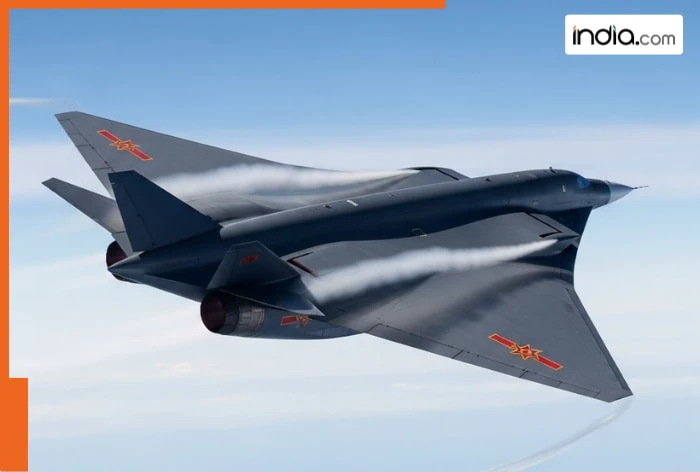Taking a major leap in aerospace technology, China has stunned the world by showcasing its hypersonic speed. The Feitian 2 aircraft has demonstrated its remarkable hypersonic flight capabilities.
In a recent test flight, Feitian 2 achieved a milestone in rocket-based combined cycle (RBCC) engine technology. The test flight, conducted in northwestern China, showcased the aircraft engine’s prowess, which was fueled by a unique kerosene-hydrogen peroxide propellant. The fuel could be a game changer in reducing aircraft weight and increasing efficiency. The test flight yielded significant data, demonstrating successful and smooth transitions between various flight modes – a major hurdle in hypersonic flight.
Who Designed Feitian 2 Hypersonic Vehicle?
The Feitian 2 hypersonic aircraft is crafted by researchers of the Northwestern Polytechnical University (NPU). The recent test flight yielded several critical details like – geometry intake operations, thrust-varying acceleration and autonomous flight. The Made In China RBCC engine is crafted to utilise atmospheric oxygen, reducing the weight of onboard oxidisers. This test has set a new standard in hypersonic travel by minimising payload weight and prioritising fuel efficiency.
Primary Challenges
The successful test of the Feitian 2 hypersonic vehicle demonstrates a significant advancement in combined-cycle engine technology. A key challenge – smoothly transitioning between different operational modes – was overcome, specifically the shift from rocket-powered to ramjet propulsion. This achievement, using a novel “thrust-varying acceleration” technique, builds upon the earlier Feitian 1 flight and points towards a brighter future for hypersonic flight. The project was a collaborative effort between Northwestern Polytechnical University (NPU) and the Shaanxi Province Aerospace and Astronautics Propulsion Research Institute.
Outer Body Modifications Feitian 2 Hypersonic Aircraft
Not only its the engine but the entire body of the hypersonic fighter aircraft has undergone major modification. The aircraft has larger tail fins and newly added wings near the rocket head, which significantly enhance its stability and manoeuvrability during Hyper speed.
Revolutionary Propulsion Systems
Hypersonic vehicles usually require both fuel and an onboard oxidiser due to their high-altitude operation. Common propellants include kerosene or liquid hydrogen with liquid oxygen. The Feitian 2 uses a novel kerosene and hydrogen peroxide propellant combination. As we all know kerosene is less efficient than liquid hydrogen, it simplifies the system by avoiding the complexities of cryogenic storage.
It is to be noted that the success of Feitian 1 in using kerosene for hypersonic propulsion laid the basis for Feitian 2’s advancements.
Notably, the test flight highlights the Dragon’s growing expertise in the aerospace sector. When other countries are racing to develop hypersonic technology, China, on the other hand, has made progress with Feitian 2 serves as a reminder of the competitive nature of this field.
